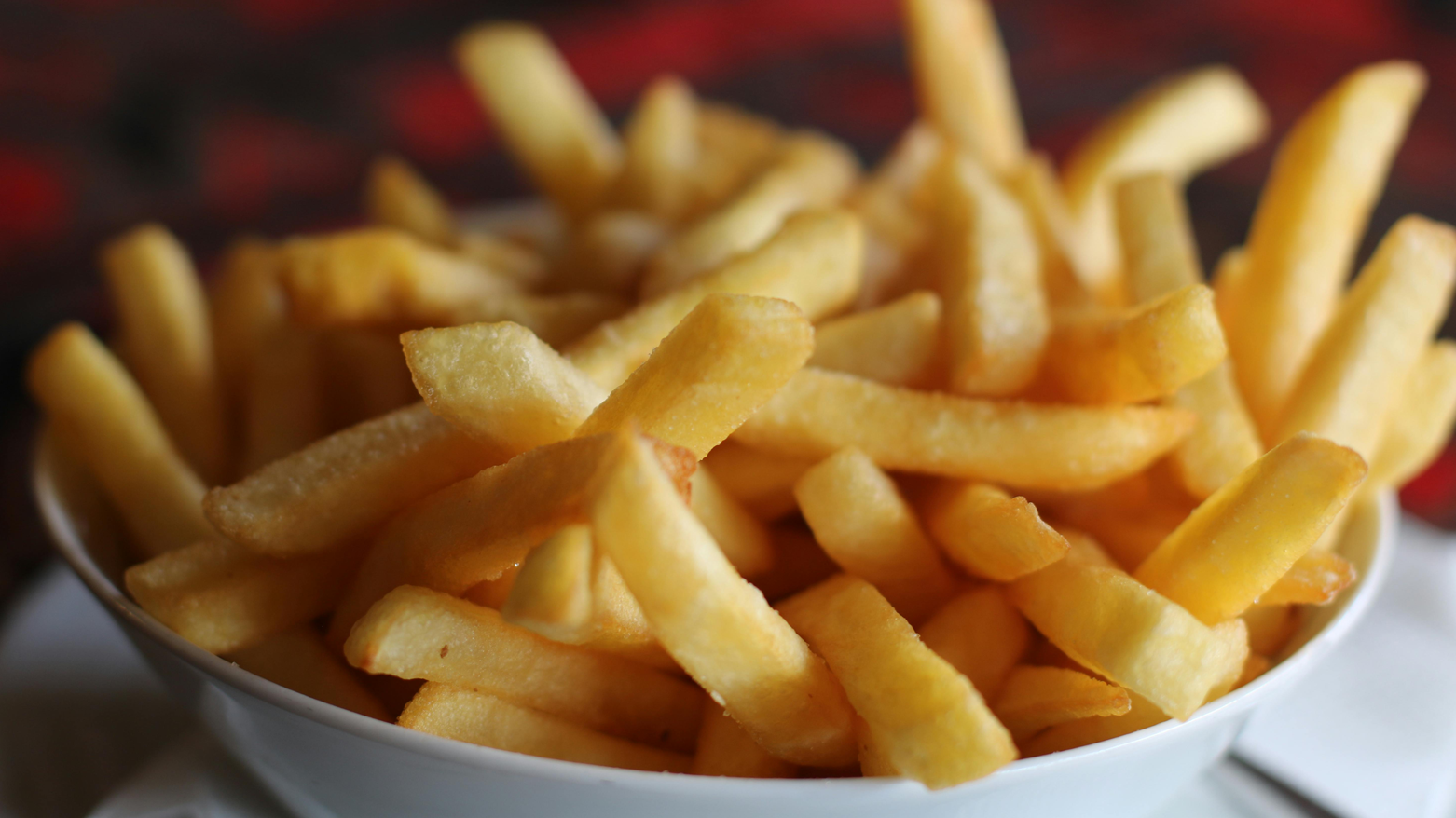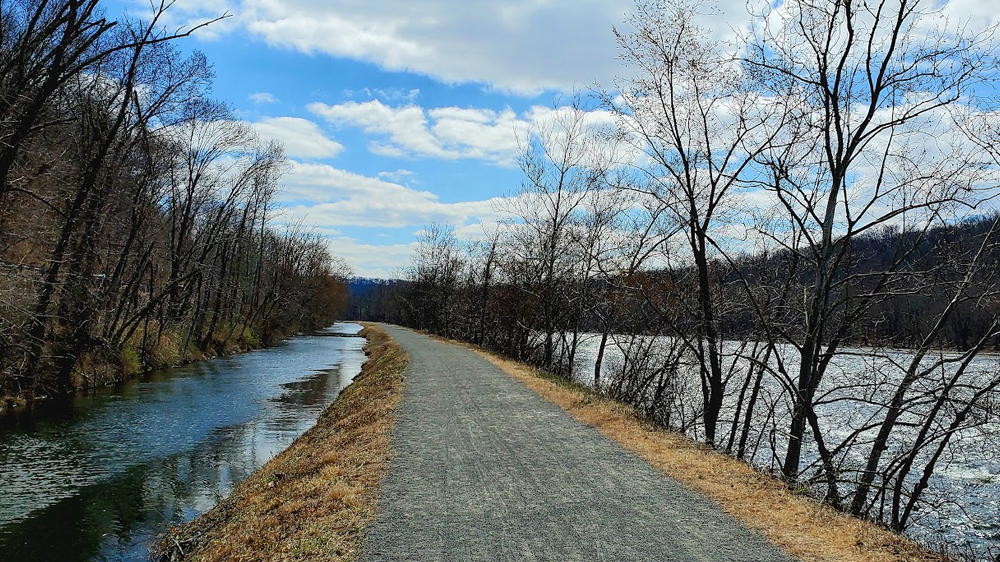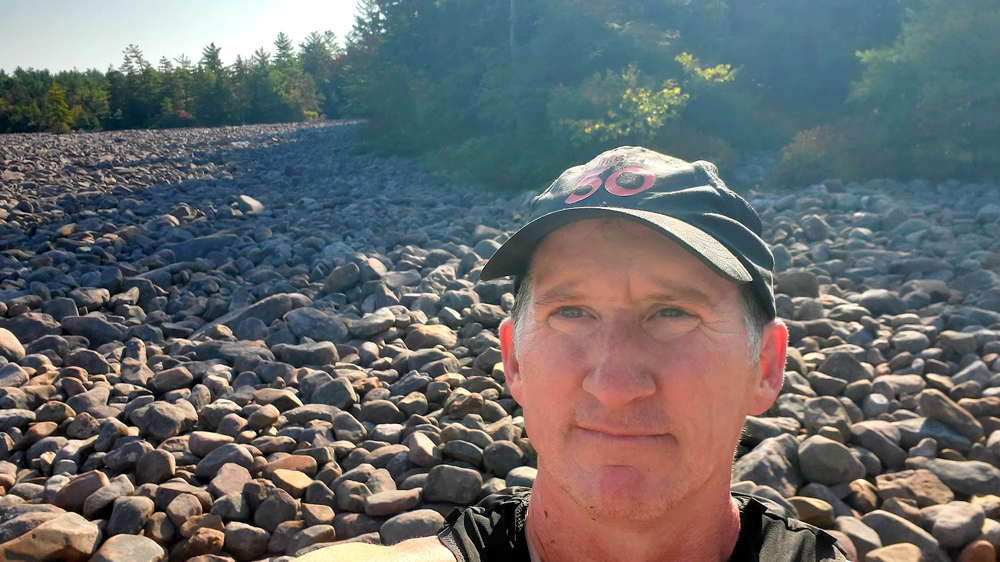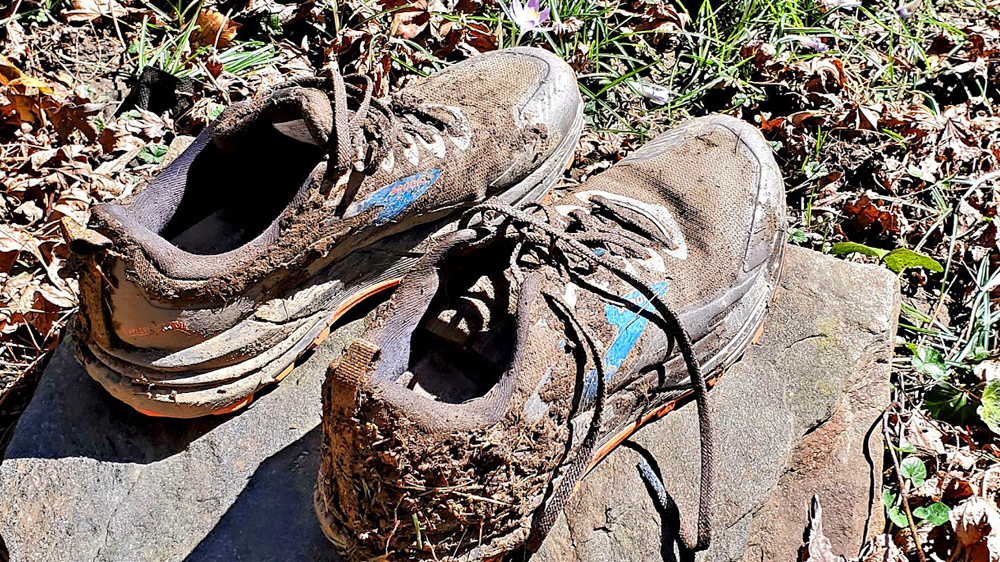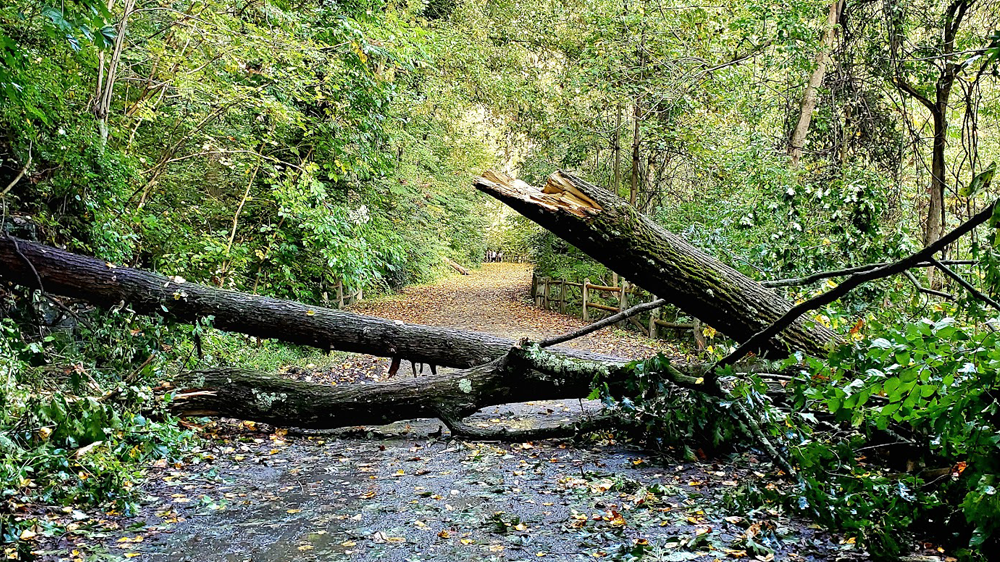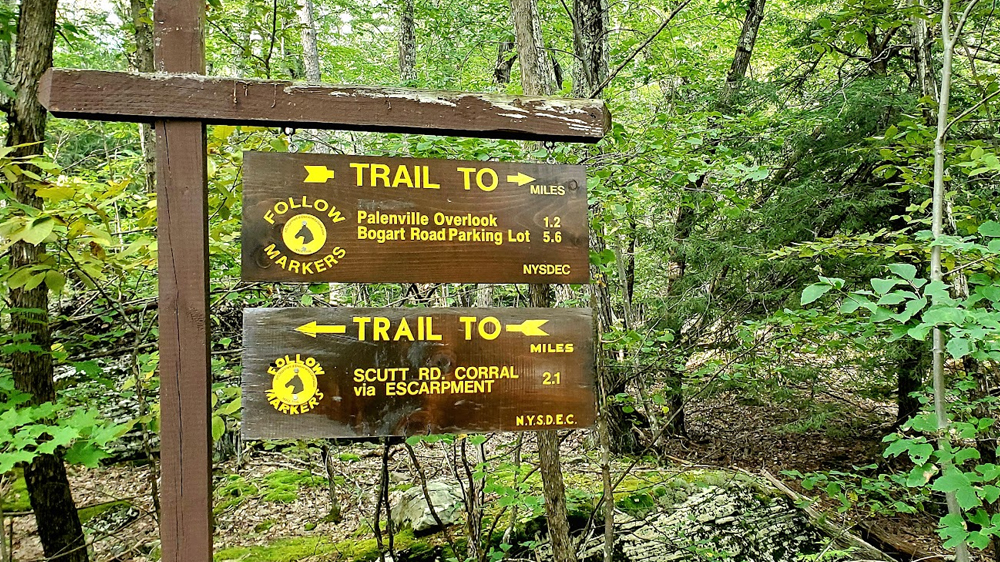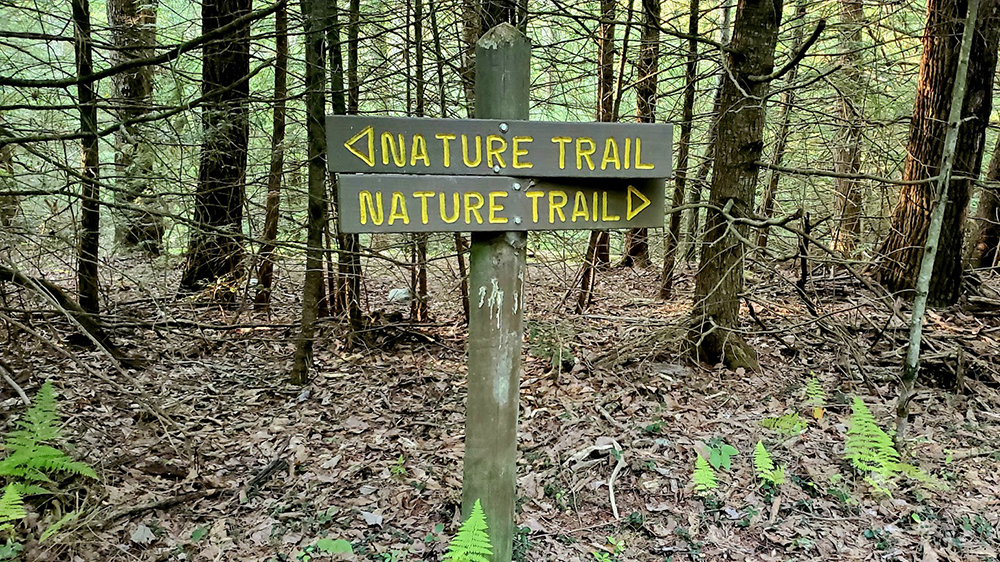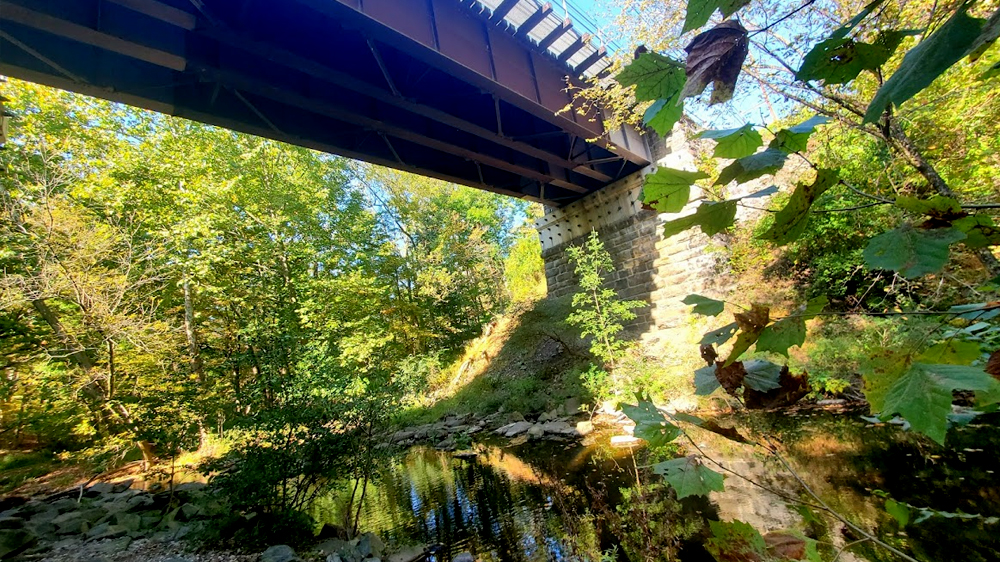Food for the Long Run
I ran 31 miles last Saturday for a charity run. A friend asked me about having the energy to do this. “Do you eat a lot before you run? Do you eat during the run? What do you eat?” Great questions. Simple answers: Yes, yes, and a lot of stuff. Some tasty, some not so much.
(Points to crude drawing of a car on a blackboard) Your body is like a car. It is very needy, rusty in spots, always wants fuel, and will break down if you don’t take care of it. It will also break down even if you do take care of it. Nice job, stupid body.
To complete a very long run and feel okay during and after, you need to give your body enough fuel but not too much fuel because that can make your fickle baby tummy hurt. It takes a bit of practice to figure it out. You can get away with not eating any solid food for up to a marathon distance as long as you take some gels and hydrate with electrolytes during the run. You should also eat something substantial two hours before you set out, like a bagel, bananas, oatmeal, PBJ, or anything that will not make you gag at 5:30 a.m.
When you venture past the 26.2-mile mark, you enter into the “ultra” distances, and that’s where your body might appreciate some solid calories to keep it moving and grooving. You’ve gone far, and you’ve earned something good that wasn’t created in a lab.
Most ultras I do take place on a trail, so in addition to running, you are hiking, climbing, scrambling, and if you’re like me, tripping and sometimes falling. Different muscles are employed for these additional movements, and a lot of calories are burned. It all adds up to your body needing constant fuel in the form of carbs, sugar, salt, and small amounts of protein and fats. You might think this would mean healthy stuff, but that’s not usually the case. Bring on the fun food, garçon.
Before a long race, I’ll eat a bagel or a PBJ and a banana and down a bottle of Powerade while driving to the event at some ungodly hour. Sometimes, I veer from this plan. I recently ate eight mini powdered sugar donuts before a 20-miler, and I felt great (don’t do this).
Sadly, I must abstain from coffee on these mornings because it makes my heart race, and being all amped up with a tight chest is not optimal when setting out at dawn and trying to avoid roots, rocks, ruts, and other runners’ pointy elbows on a single track. I save my caffeine fix for later in the run as a treat. Rewarding myself during these long outings is a major part of my game plan to keep me motivated. Give this old man treats, I say!
You should also have a night-before fueling plan. Luckily, most races are on a Saturday morning, and I eat like an unsupervised child on Friday nights (pizza, ice cream, cookies), so I have a solid base of carbs for the run the next morning. For most people with self-control, a large bowl of pasta is probably the more sensible way to prepare. “Carbo loading,” I believe, is the term people use.
This is a good time to mention, I love running and have been doing it for years, but I still don’t know what terms like “VO2 Max” and “Lactic Threshold” mean, so please take what I say with a grain of salt (especially on hot days).
I like to run race distances between 50K and 100K on the trails, and there are usually aid stations every 4 to 6 miles during these events. My body starts rejecting all gels about halfway through because they are gross (and your vest and pockets are always filled with sticky empty gel wrappers, again, super gross), so I get very excited to dive into some real food when I see and smell it in the distance. Let’s see what’s on the typical menu:
- Orange slices
- Grilled cheese
- Salted potatoes
- French fries
- Veggie broth
- PBJ
- Bananas
- Quesadillas
- Potato chips
- Cookies
- Candy (not my thing, but people go nuts for it, especially the gummi variety)
Two years ago, I was trudging through the HAT 50K in Maryland in March, and it was raining the entire time and pretty darn chilly. I was at the second-to-last aid station, and one of the awesome volunteers (all volunteers at these things are awesome, btw) said, “We have fresh french fries!” Hell yes. Hearing those beautiful words was right up there with hearing my wife say, “I do.”
I put a little cup of hot fries in my vest pocket and proceeded to climb the next ascent while nibbling away and enjoying every single crinkle-cut bite. It’s amazing what a small jolt of good food can do for your body as well as your mental game during these things.
Every race worth its salt has grilled cheese because it is the best. It’s delicious, filling, and portable.
“A grilled cheese quarter and two for the road, don’t mind if I do!”
Last spring, I spent a couple of hours buttering bread while working at an aid station during the Dirty German Ultras in Philly. I was the butter guy while my aid station coworker expertly added the cheese and cooked them on a portable flat-top grill. We were a finely-tuned and much-appreciated hot sandwich-making machine. It was really fun.
Orange slices will always save your butt. There’s a reason soccer parents have been doling out these delicious bursts of citrus goodness during halftimes for over 500 years.
Most event organizers will have broth during late fall and winter races. I’m a vegetarian, so anytime I hear “veggie” precede a food product name, I’m in. Warms you up, salty, it tastes great, no downside. Speaking of being a vegetarian, bacon is a huge draw at the aid stations, right up there with the candy.
Always grab a banana. Peel one of them bad boys at any time during the race and enjoy their high carbohydrate content for quick energy, potassium for muscle function, and essential nutrients. They are also easy to digest.
Basically, eat what tastes good and what your body will accept. I strongly recommend eating something with salt, especially during warmer races. When it’s hot, salt tabs also do the trick.
“What about drinks, Jeff?” Another great question. I usually partake in whatever electrolyte drink they offer, but like gels, I tire of the taste pretty quickly. They do their job but can be rough on the stomach. I carry and drink a lot of water. Water is good, I don’t need to tell you this. I try to wait as long as possible to treat myself to the greatest thing you can put in your body during an ultra: a delicious Coke! Damn, it is so good.
Sure, soda is bad for you in the real world. But this is a long dumb race taking place on another plane of existence in an endless forest where Earth rules don’t apply. Soda is an elixir here, flowing freely in streams.
Why is Coke so good? It has everything you need: Sugar + Carbs + Caffeine + Syrup (it coats your stomach and goes down easy). I also enjoy the jolt of carbonation, though most aid stations let it go a little flat because it is easier to sip quickly.
After I completed the Boulder Field 100K last September with close to 15 hours on feet, I drove an hour and a half home on Rt. 422, downing two 20-ounce cold bottles of Coke, and nothing could have tasted better at the moment or maybe ever. I remember tearing up while a very loud punk playlist blared because it was so incredibly refreshing and much needed. This was the ultimate reward for the boy who loves his race treats.
It’s not just me; trail newbies to ultrarunning legends like Jim Walmsley, Courtney, and Kilian can be seen downing some Coke as they tackle insane distances at an even more insane pace.
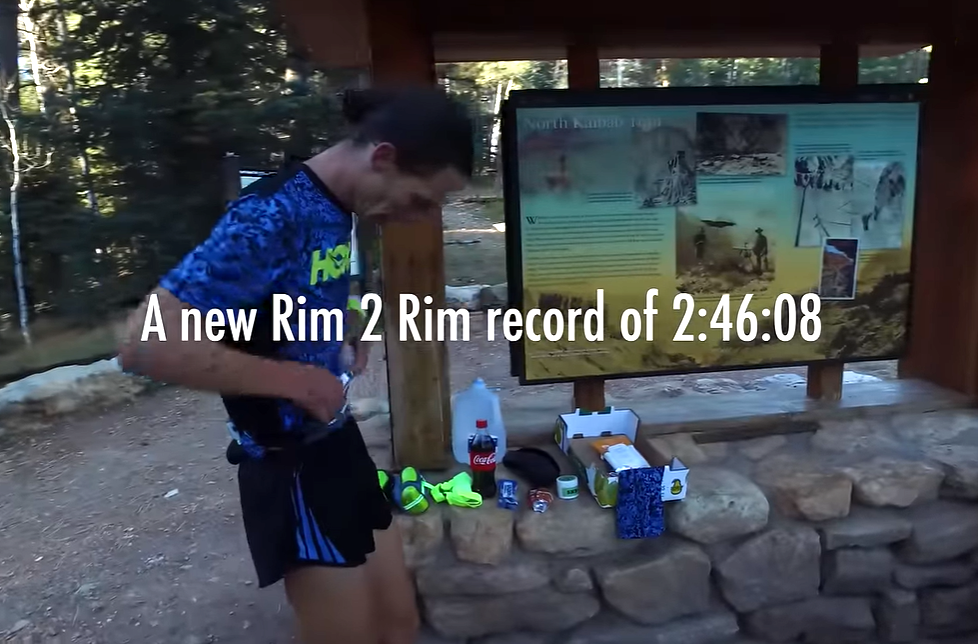
Trail running vets say: “Eat before you’re hungry, drink before you’re thirsty.” This is 100% true.
You can train your body to reach a fitness level to hopefully finish any race. The longer the distance, the more miles and work you need to do. The one thing that is a crap shoot for me and many runners when preparing for a race or long run is “training your gut” to accept nutrition when it does not want to. After 6-8 hours of eating and drinking every 45-60 minutes, your body will most likely say, “No mas!”
Like most things, you just have to practice getting your fuel game correct. Try out different gels and drink mixes on training runs and experiment with different amounts of each. You’ll eventually dial it in. Feeling well-fueled and fit while running up and down trails with super nice, encouraging people is a great way to spend some outside time.
Getting back to my 31-miler on Saturday. I was feeling tired and a little stressed at the end of my second loop, mile 20ish, but I knew I had some delicious fare awaiting me at my fully-stocked aid station (the back of my car). I baked some potato wedges the night before (and had a bag of salt to dip them) and sliced up a big old navel orange.
I spent five glorious minutes eating an impressive amount of both (along with 8 ounces of Coke) in a light rain while watching a guy toss a large ball to his dog on a field in Fairmont Park before I headed out on the last loop, fully nourished. Mind and belly.
Bonus Aid Station Video Content: Ace photographer, Justin Langston followed me for a short bit on mile 13 of the 2023 Blues Cruise 50k Trail Race. You get to see some lovely single-track trails and how well-run and inspiring the aid stations are.
Header Photo by Dzenina Lukac

I enjoy being outside and running on trails and sometimes I enjoy being online. More >
